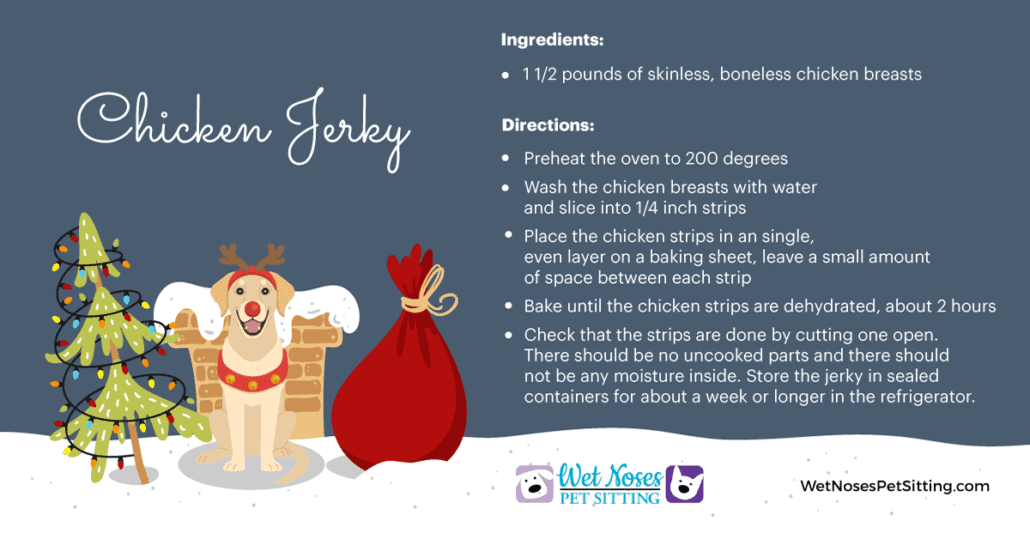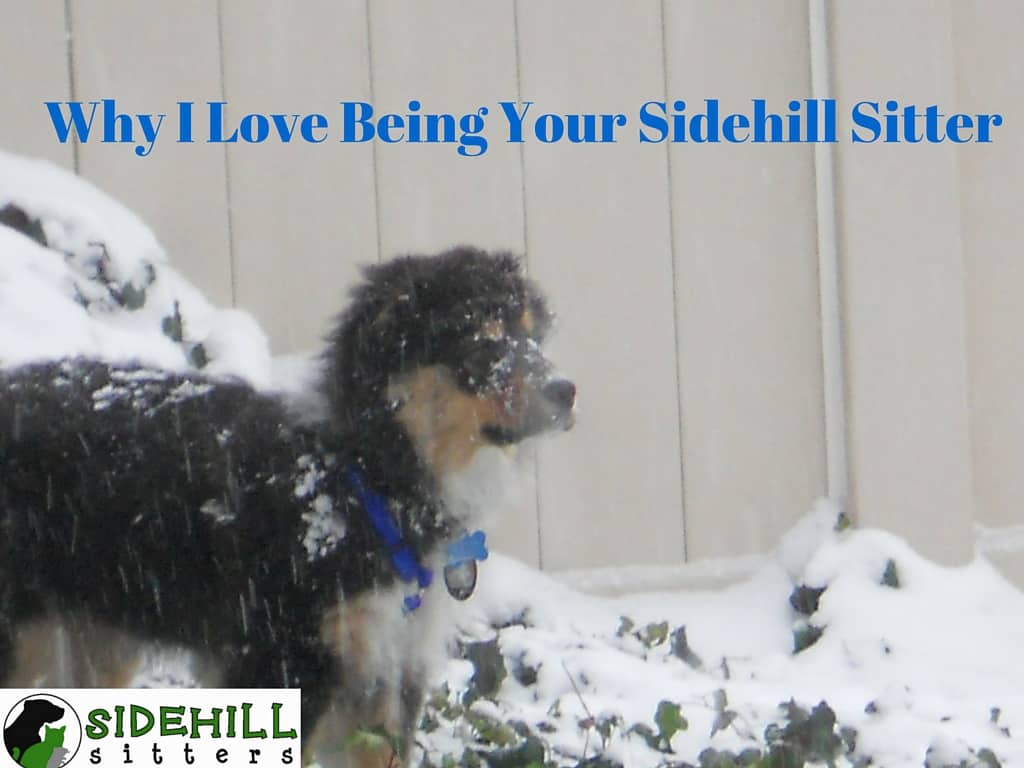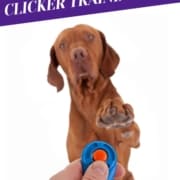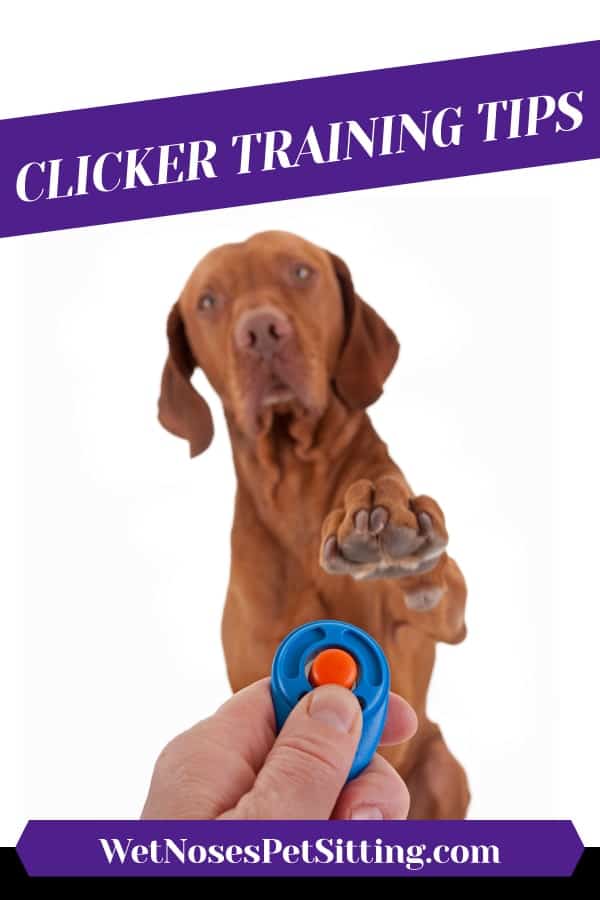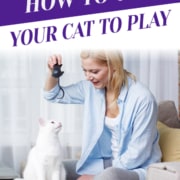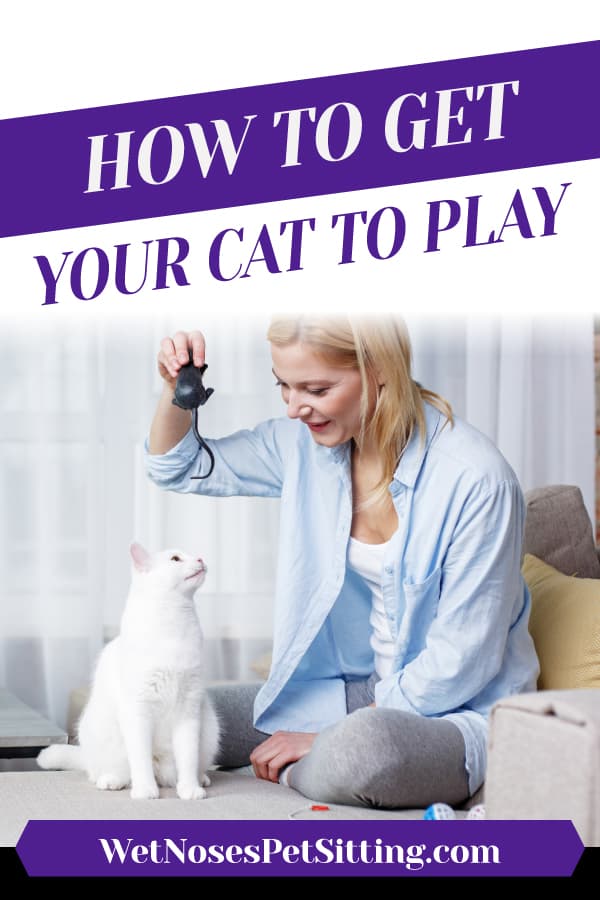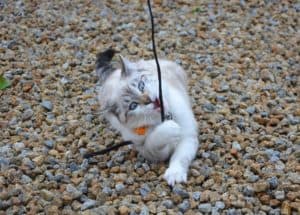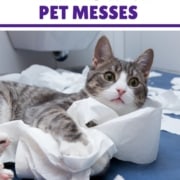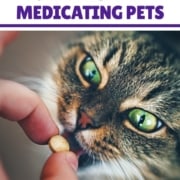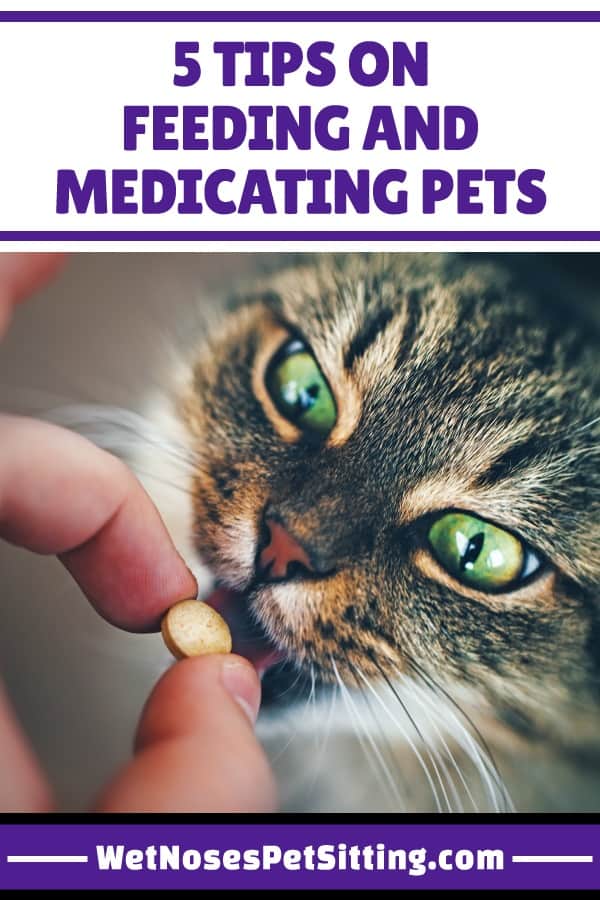Holiday Treats For Dogs
The holidays are a great time of year for humans and their canine companions. Great food is a huge part of the holidays, but much of it is off limits for Fido. Here are some holiday treats for dogs for that special pup in your life!

Doggy Eggnog
Eggnog is a wonderful holiday treat, this year share some with your dog!
Here is the recipe:
Ingredients:
- 1 container of plain, greek yogurt
- 1/2 jar of baby food (in a dog friendly flavor)
- 1/4 cup of water or milk
- 1 egg
- Dog treats as toppings
Directions
- Place all ingredients in a blend and blend until frothy
- Add your toppings
- Give your dog a small serving
Mint Dog Bones
Not only are these festive treats tasty, but they will also improve your dog’s breath.
Ingredients
- 2 tablespoons of chopped mint leaves
- 3/4 a cup of milk or water
- 1 egg
- 1 tablespoon of honey
- 3 tablespoons of vegetable oil
- 2 tablespoons of wheat germ
- 1 tablespoon of Brewer’s yeast
- 1 1/2 cups of flour
Directions
- Preheat oven to 300 degrees and grease a baking sheet
- Whisk mint, milk or water, egg, honey and oil in a large bowl
- Mix in wheat germ and Brewer’s yeast
- Slowly mix in flour to form a thick dough
- Roll out the dough on a floured surface to about 1/4 inch thick
- Use your favorite cookie cutters to cut the cookies
- Place cookies on the baking sheet and bake until golden brown
- Let the cookies cool and feed to your dog
Sweet Potato Hanukkah Cookies
Potatoes are a traditional Hanukkah food, here is a healthy way to include your dog in the tradition.
Ingredients
- 2 medium sweet potatoes
- 1 egg
- 1/2 cup of oats
- 3 cups of flour
- 1 tablespoon of xylitol free peanut butter
Directions
- Preheat the oven to 350 degrees and grease a baking sheet
- Peel and dice the sweet potatoes and place in a pot of boiling water
- Boil sweet potatoes until soft then puree in a blender
- Whisk the egg and peanut butter into the sweet potato puree
- In a separate bowl mix the oats and flour
- Add the sweet potato mixture to the flour- oat mixture
- Stir the mixture until combined
- Roll out the dough of a floured surface to about 1/4 inch thick
- Use cookie cutter or a glass to cut the cookies into shapes
- Bake the cookies until golden brown
- Let the cookies cool and feed them to your dog
Chicken Jerky
These yummy treats make special and healthy gifts for your dog.
Ingredients
- 1 1/2 pounds of skinless, boneless chicken breasts
Directions
- Preheat the oven to 200 degrees
- Wash the chicken breasts with water and slice into 1/4 inch strips
- Place the chicken strips in an single, even layer on a baking sheet, leave a small amount of space between each strip
- Bake until the chicken strips are dehydrated, about 2 hours
Check that the strips are done by cutting one open. There should be no uncooked parts and there should not be any moisture inside. Store the jerky in sealed containers for about a week or longer in the refrigerator.
Gingerbread Christmas Dog Treats
Gingerbread is yummy treat for your dog this holiday season. These treats are very easy to make and fairly healthy for your dog.
Ingredients
- 3 cups of whole wheat flour
- 1 1/2 tablespoons of ground ginger
- 3/4 teaspoon of ground cinnamon
- 1/2 teaspoon of ground cloves
- 1/2 cup of molasses
- 1/2 cup of water
- 1/4 cup of canola oil
Directions
- Preheat the oven to 350 degrees and grease a baking sheet
- In a small bowl mix the flour, ginger, cinnamon and cloves together
- In a separate bowl mix the molasses, water and oil
- Mix the molasses mix into the flour mix and combine until it forms a dough
- On a floured surface roll out the dough to a 1/4 inch thick
- Cut the cookies into holiday shapes and place on baking sheet
- Bake for about 20 minutes or until golden brown
- Let the cookies cool and feed to your dog
These holiday treats for dogs will no doubt help make your furbaby’s holiday a little sweeter. As always feed all treats in moderation.
Did your dog enjoy your homemade dog treats? Let us know on our Facebook page!






